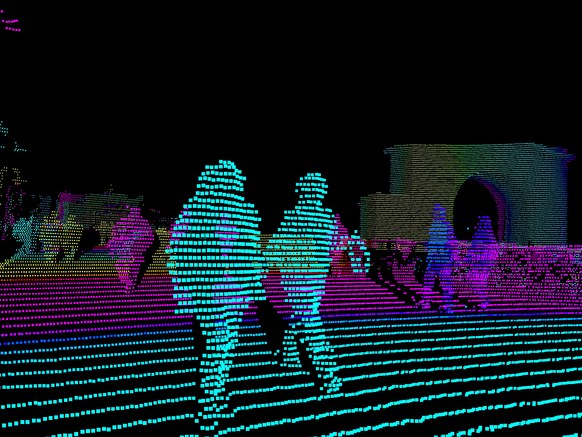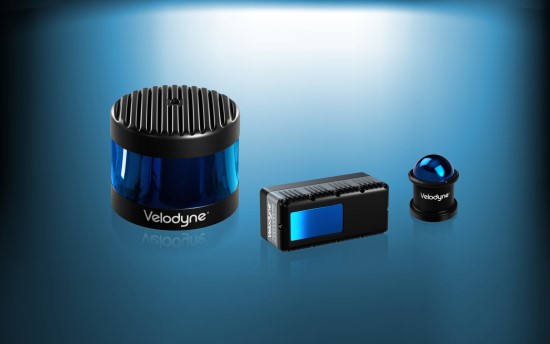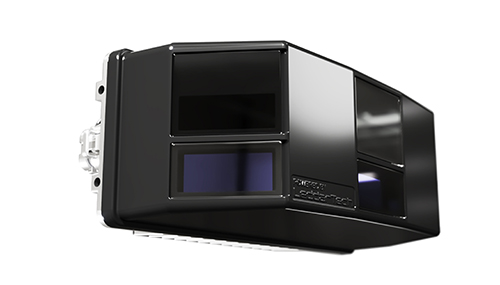Despite that Tesla’s founder Elon Musk said that “Anyone relying on LiDAR is doomed,” the technology using lighting to detect, range, and imaging targeted areas and objects is believed to be critical for autonomous driving technology development.
LiDAR uses infrared LED or laser light to deliver light pause and receive the reflected light for measuring distances of objects and constructing the surrounding environment. Advantages of LiDAR include high accuracy, high resolution, and long detecting distance.

(Image: Luminar)
LiDAR can be divided into different categories including scanning LiDAR and flash LiDAR. Conventionally scanning LiDAR uses mechanical rotation to spin the sensor for 360 degree detection. LiDAR with mechanical rotation enables high speed scanning and is safer for eyes even with higher power laser as the light does not goes to only one direction. Velodyne, who developed the first 3D LiDAR in the industry, adopts the technique and has continued to launch new rotation products. However, rotating LiDARs are mostly bulky and expansive.

(Image: Velodyne)
Apart from the rotating LiDAR, other LiDARs are called “solid-state LiDAR,” using other method to detect the environment. One type of solid-state LiDAR uses micro-electromechanical system (MEMS) technology in which a MEMS based mirror moves to “scan” the environment. The technology outpaces mechanical rotation in price and size but is short in long distance detection. LiDAR companies adopting MEMS include Israel-based Innoviz and Germany-based Blickfeld.

(Image: Innoviz)
Another technique used in solid-state LiDAR is optical phased array (OPA) that deliver light pause to different direction by adjusting the array and does not require sensor movement. OPA-based LiDAR is more durable and reliable as it does not move and it also enables fast scanning, smaller size and cheaper price. Quanergy is known for its OPA-based LiDAR.
Flash LiDAR, compared to previous technologies, does not move the light or laser at all. It works like a camera, delivering a flash light to detect the whole surrounding area at once and analyzing the information with image sensor. Light source of flash LiDAR is more powerful, but the detecting distance and FOV are lower than scanning LiDARs. Famous flash LiDAR companies include LeddarTech from Canada, Sense Photonics from the U.S. and Continental.

(Image: LeddarTech)
LEDinside will release the new report "LEDinside 2020 Infrared Sensing Application Market Trend- Mobile Sensing, LiDAR and Automotive Sensing" on January 1, 2020. Stay tuned with LEDinside or contact us for further information.















